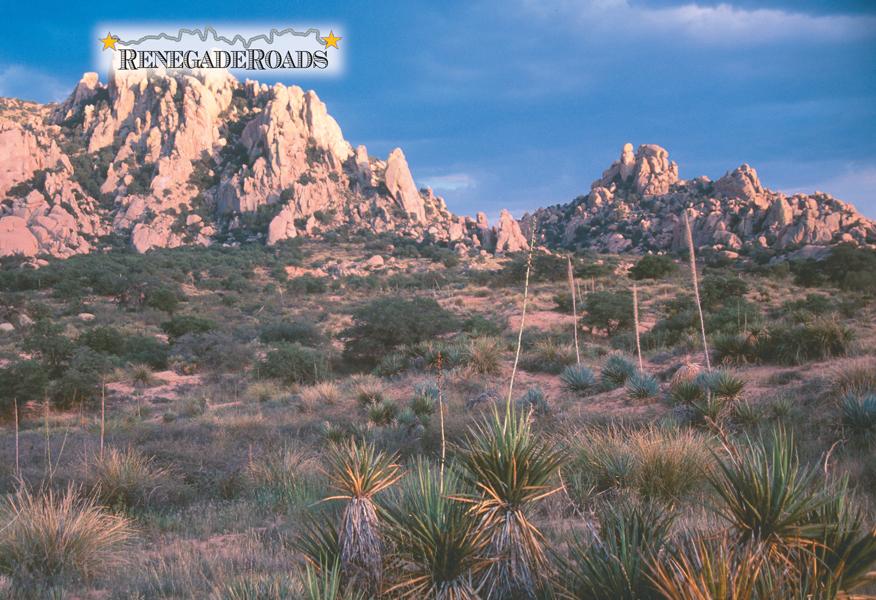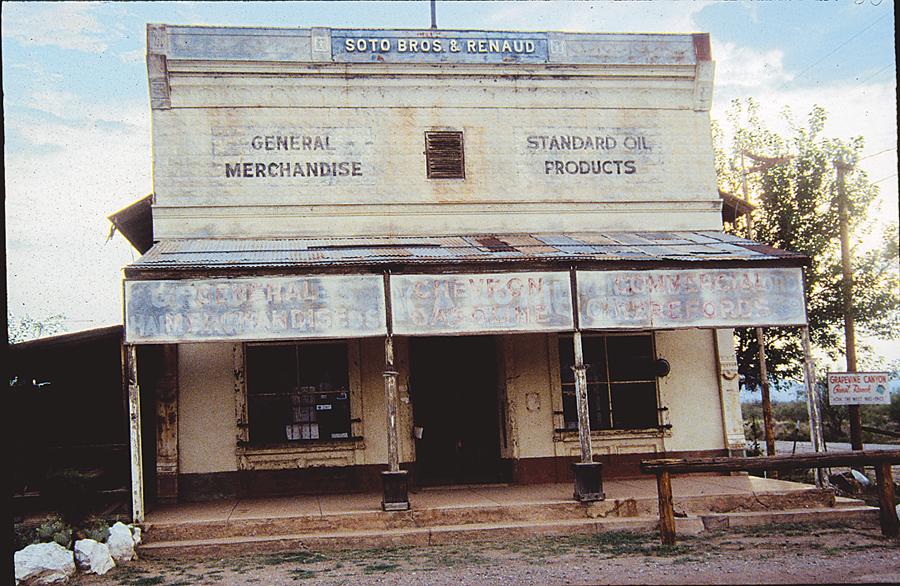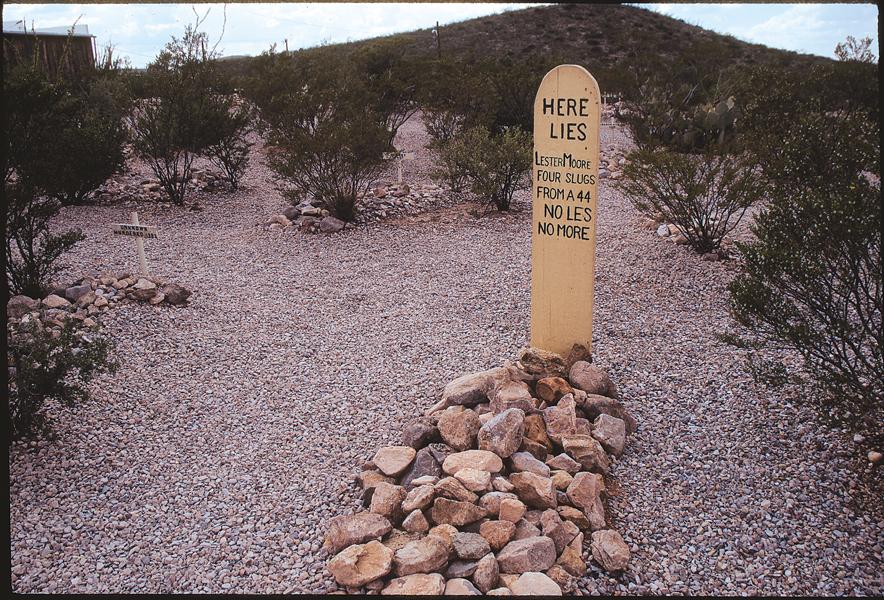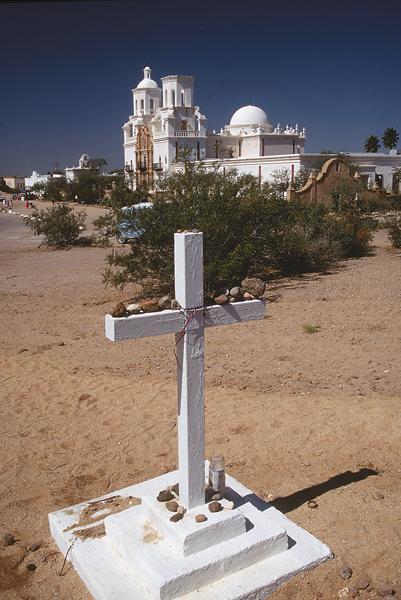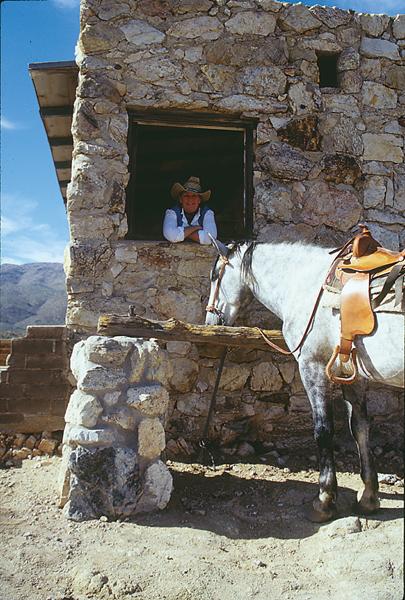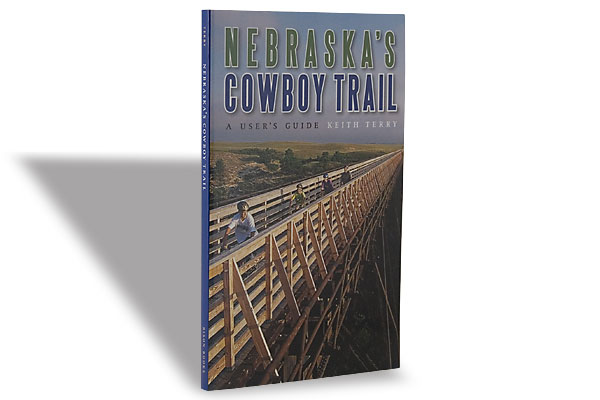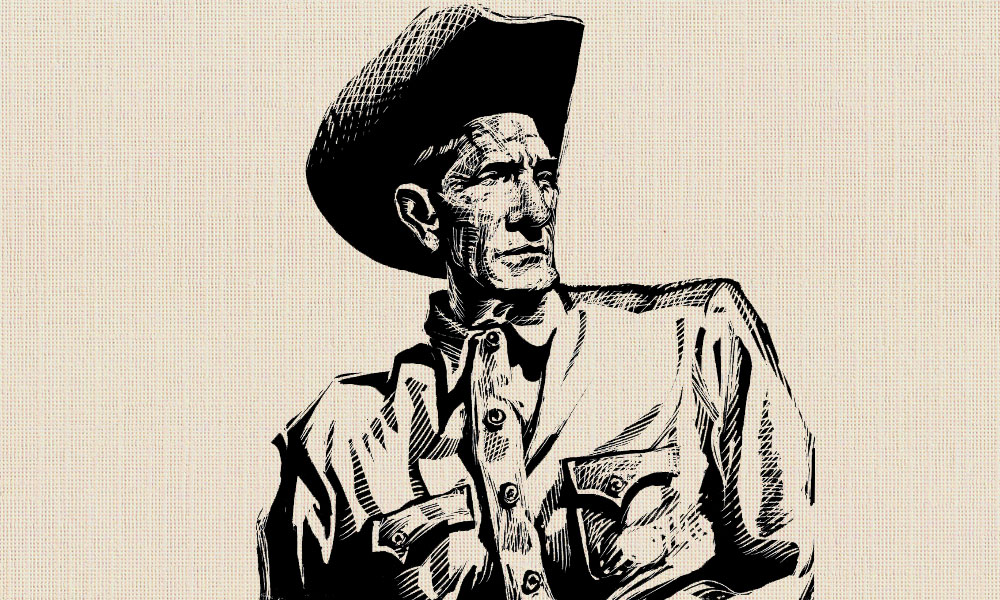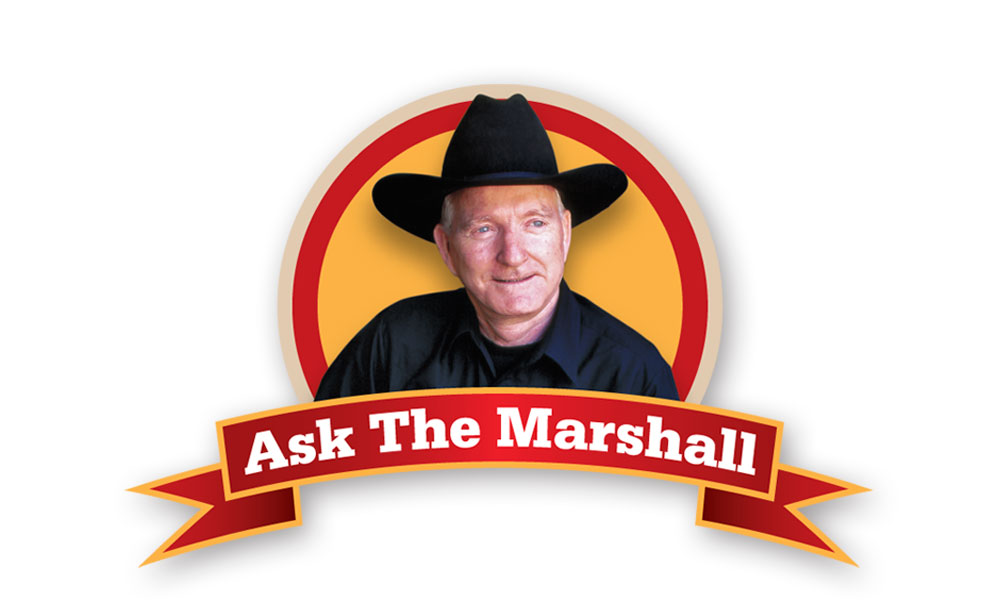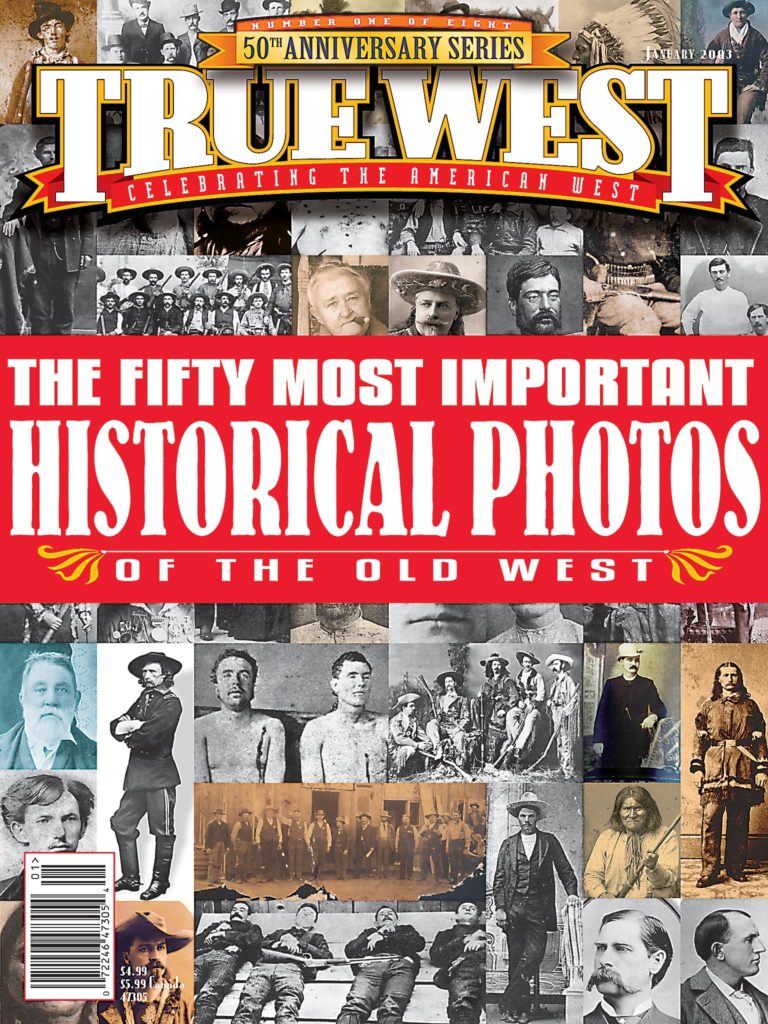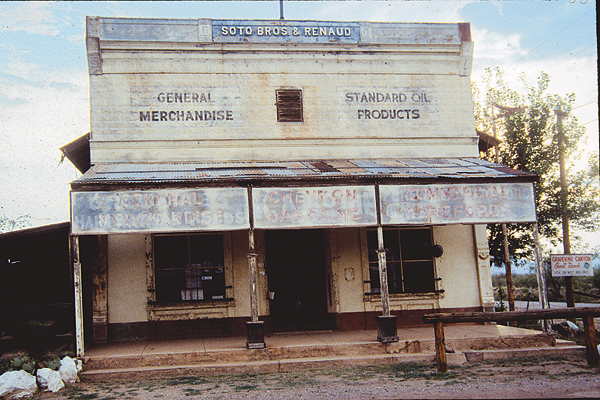 If you had journeyed through Southern Arizona back in the 1880s, you wouldn’t have found the place nearly as hospitable as it is today.
If you had journeyed through Southern Arizona back in the 1880s, you wouldn’t have found the place nearly as hospitable as it is today.
Restless Apaches, armed incursions from Mexico, the rough landscape and summer temperatures that exceeded 115 degrees made life rough around these parts. Times have changed for the better, and if you’d like to re-enact a modern-day version of the Old West, this is the place to do it.
Tucson is Arizona’s second largest city, although it has entered the 21st century with a slight hesitancy, being somewhat reluctant to shed its Old West-Mexican heritage. “The Old Pueblo” sits amidst a natural bowl filled with historical sites and attractions, surrounded by no less than five mountain ranges. It offers a great starting point for a Southern Arizona adventure that’s chock-full of culture, scenery, some bumpy dirt roads, wilderness campsites, ghostly places and a few old movie sites.
Get in the mood for your journey by spending a few days in the foothills east of town at the Tanque Verde Guest Ranch that began as a working spread back in 1868. The setting is pure Old Southwest; surrounding hills and the saguaro-studded desert valley floor offer beautiful riding trails. Tanque Verde ranch hands will match your riding ability with a horse for a morning, afternoon or longer trail journey. The accommodations are True West, cozy casitas and lots of facilities to keep you busy even if you don’t ride. The food is good, the hospitality genuine and the coyotes will serenade you at bedtime.
In the late 1990s, Old Tucson Studios burned, but has since been reconstructed as a typical Western town of the late 1800s. The studios were originally created in the early 1940s for the motion picture Arizona. In the interim, Three Amigos, Rio Bravo and numerous other Western films were shot here as were the popular TV series Bonanza and Gunsmoke.
The Arizona Sonora Desert Museum isn’t a museum in the sense you’d expect. It’s home to plants and animals indigenous to the Sonoran Desert and has a unique design allowing desert critters to live normal lives while being unobtrusively observed by visitors from both the desert floor and beneath the ground.
Due south of Tucson on U.S. 19, don’t overlook the “White Dove of the Desert,” the San Xavier del Bac Mission, the oldest American Catholic Church still serving its original congregation. Founded in 1692 by Father Eusebio Kino, it is now owned by the Tohono O’odham Tribe. The mission has but one complete tower (see above photo). Legend has it that levies were not paid to the Spanish government until churches were completed. As one version of the story goes, the mission was deliberately left unfinished thereby avoiding the tax. This is a stunning place to visit and photograph.
Southeast of Tucson on U.S. 10, beyond Colossal Cave and the Saguaro National Monument, you’ll find yourself in Benson. Just east of here, the Amerind Foundation Museum houses an extensive collection of Native American and Western art, archeology, history and cultural exhibits. Founded by a Connecticut businessman in the 1930s, it has grown into a desert oasis for lovers of Southwestern artifacts and is well worth a stop.
Nearby, a lesser-known point of interest is the Spear G Ranch, home of Steve Getzwiller whose knowledge and support of Navajo weaving and history is legendary. Getzwiller works closely with a number of the best Northern Arizona Navajo weavers and has been instrumental in reintroducing the “Churro” wool that was once a mainstay of native weaving. Most of the original Churro sheep were wiped out by Kit Carson in his raids in and around Canyon de Chelly. The Getzwiller collection may be seen by appointment (520-586-2579, www.navajorug.com).
Eastbound on U.S. 10 is Willcox, famous for Rex Allen. It’s only natural that you’ll find the radio and film star’s Cowboy Museum here together with the Willcox Cowboy Hall of Fame. Historic Railroad Avenue is worth a stroll to see the recently renovated Southern Pacific Depot. Southeast of town, visit the old Willcox Cemetery, where you’ll find the grave of Warren Earp, brother of Wyatt.
The Cochise Stronghold in the Coronado National Forest is located southwest of Willcox. Access is via a poorly graded dirt road off U.S. 191. This is a spectacular but forbidding land of box canyons, washes, hard trails, cliffs, spires and natural rock fortresses, making it easy to understand why the legendary Chiricahua Apache chief used these hills for a safe haven.
When he died in 1874, native legend has it that his body in full regalia plus his horse, rifle and dog were hidden in a tight canyon. Perhaps you’ll feel his spirit as you camp at the Stronghold. It’s a rugged, primitive site with no facilities. From the camping area, stretch your legs on the three-mile hike to a vista that overlooks the entire region. As you go along, look for petroglyphs left behind by early natives.
East of Willcox, you can visit the Chiricahua National Monument or hike to the adobe ruins at Fort Bowie National Historic Site. The fort once served as a stop on the famous Butterfield Overland Stage. The stage line ceased operations when Apaches killed 22 stagecoach drivers in little over a year.
In 1878, Ed Scheffelin discovered silver in some of the region’s roughest Apache territory. He was advised by fellow prospectors and friends, “The only thing you’ll find out in that place is your own tombstone.” So, Tombstone it became and was soon home to about 10,000 miners and camp followers. Two years later when John Clum published his first newspaper in the town, the masthead read The Tombstone Epitaph. He reasoned that any town named Tombstone had to have an interesting epitaph. Over the last 122 years, the Epitaph has lived up to the promise of being interesting.
Some years back while I was scanning the Epitaph, a classified ad caught my eye: “DOG–German Shepherd. Housebroken. Free to a good home. Will eat anything. Especially fond of children!” Well, the classified inspired about a dozen or so good natured readers (myself included) to offer their children so the dog wouldn’t go hungry.
The “Town Too Tough To Die” has certainly proved wrong Andy Warhol’s “15 minutes of fame,” since Tombstone’s 20 or 25 seconds of fame has lasted nearly 120 years. Because of the gunfight near the O.K. Corral, more silver has been extracted from the pockets of tourists than was taken from the mines below the city. Today, it’s home to about 1,500 residents, down about 90 percent from the early 1880s.
The famed Crystal Palace Saloon was a favorite watering hole for Wyatt Earp, Doc Holliday, Johnny Ringo and the debonair Bat Masterson. While they were tossing down shots or enjoying a hot game of faro, Lillian Russell and Eddie Foy were among those entertaining cowboys and miners across the street at the bawdy Birdcage Theatre. Today, the Birdcage is a museum. You may be challenged to find all 140 bullet holes in the walls and ceilings, resulting from more than a dozen gunfights that were pretty much regularly scheduled events during the town’s heyday.
In the late 1880s, the Grand Hotel was the premier place to stay. Today, it’s called Big Nose Kates—after Doc Holliday’s girlfriend—and was voted “Best Western Saloon” by True West. After dining on the main floor, be sure to visit the original underground bar next to an old mineshaft. If you feel a draft while having one, it may not be the wind. The bar is reportedly haunted.
A few streets away at the Tombstone Courthouse State Historic Park, you’ll find a building full of artifacts and re-created rooms, including a three-rope gallows in the back courtyard. The courthouse was built in 1882 for $43,000.
Boothill Cemetery sits on a hill outside of town and is home to about 250 folks who fought for their rest. Some are famous, but most were never known and long forgotten. There are a few soiled doves buried here, some prospectors who contracted rapid consumption, some who contracted rapid lead poisoning, and even one or two who were hanged by mistake.
Of course there’s not a Western buff worth his saddle soap who can’t recite Boothill’s most famous wooden headstone?
Here lies Lester Moore
Four slugs from a 44
No Les—No More
Fewer than 20 miles south of Tombstone, you’ll pass through the longest tunnel in Arizona, the Mule Pass Tunnel (1/3 mile long) and find yourself in Bisbee. It’s hard to imagine today, but 100 years ago this was the largest mining town in the world, boasting nearly 25,000 residents. Well-to-do travelers, journeying between San Francisco and New Orleans, made it a point to stay at the Copper Queen Hotel. This nicely renovated hotel celebrated a centennial birthday in 2002. Millions of tons of copper, gold, silver and turquoise were extracted from the Mule Mountains near the town.
Bisbee’s Brewery Gulch, which once hosted gamblers, rough-and-tumble prospectors and the ladies who enjoyed their money and attention, now hosts visitors more interested in arts, crafts and microbrewed beer. Two tours are definitely worthwhile. The Queen Mine and Lavender Open Pit tours offer factual, humorous and poignant glimpses into this rip-roaring, but cultural mining town.
East of Bisbee, the town of Sierra Vista has grown up around Fort Huachuca, which was established in 1877 as a temporary camp to protect settlers and miners from marauding Apaches. There’s a great museum at the fort—the nation’s oldest actively surviving cavalry post. Fort Huachuca was once home for two regiments of the famed black cavalry Buffalo Soldier units. Today the fort is headquarters of the U.S. Army Intelligence Center and is an important electronic proving ground.
Between Sierra Vista and Benson, Kartchner Caverns has been open to the public for only a few years. The two young University of Arizona students who discovered the caves in the 1970s went to amazing lengths to keep them a secret until they could be opened to the public in a manner that would preserve the environment and integrity of the caverns. Two rooms the size of football fields are included in the tour. Although there are but seven acres open to the public, Kartchner Caverns is considered among the top 10 show caves in the world. They have proved so popular, reservations are now required.
West of Sierra Vista, Patagonia sits in a narrow valley between the Patagonia and Santa Rita Mountains. The Patagonia Silver Mine produced more than $1.5 million in silver. After the silver was depleted and the mine closed, the valley developed in other directions and today boasts some of the finest quarter horse and cattle ranches in the Southwest.
If the region looks familiar, there’s a good reason. According to Arizona history authority Sam Lowe, the rolling hills around here look more like Oklahoma than Oklahoma itself. When the film version of Rodgers and Hammerstein’s musical Oklahoma was in production, a number of scenes were filmed here. There seems to be some question whether the Patagonia train station was actually the site of the “Kansas City” number, but Sam says if you look really close at the movie, you’ll see Ben Johnson. He wasn’t hired to act in Oklahoma, but was the horse wrangler and was invited to be an extra at the train station scene. While in town, horse lovers will enjoy the Museum of the American Horse.
If you explore every site, museum, fort and ruin, there’s plenty to keep you busy for weeks. Regardless, you’ll want to come back again and again to capture the true flavor of this historic region.
Bob Willis is an award-winning travel writer and freelance photographer living in Scottsdale, Arizona.
Photo Gallery
– Photo By Bob Willis –
– Photo By Bob Willis –
– Photo By Bob Willis –
– Photo by Bob Willis –
– Photo By Bob Willis –


